Hyundai i20 vs Kia Picanto – erot ja hinnat vertailussa
Kustannukset ja kulutus
Taloudellisuudessa on mielenkiintoisia eroja näiden kahden mallin välillä.
Kia Picanto on hinnassa jonkin verran edullisempi – sen lähtöhinta on 17900 €, kun taas Hyundai i20 maksaa 20300 €. Ero on noin 2450 €.
Myös polttoaineenkulutuksessa näkyy ero: Hyundai i20 kuluttaa 5.20 L ja on siten melkein huomaamaton taloudellisempi kuin Kia Picanto, jonka kulutus on 5.60 L. Ero on noin 0.40 L /100 km.
Moottori ja suorituskyky
Teho, vääntömomentti ja kiihtyvyys kertovat paljon auton ajotuntumasta. Tässä näkyy, kumpi tarjoaa enemmän ajamisen iloa.
Moottoritehossa Hyundai i20 on huomattava etulyöntiasemassa – 100 hv verrattuna 68 hv:een. Ero on noin 32 hv hv.
Kiihdytyksessä 0–100 km/h Hyundai i20 on ilmeinen nopeampi – se saavuttaa 100 km/h ajassa 11.10 s, kun taas Kia Picanto tarvitsee 14.60 s. Ero on noin 3.50 s sekuntia.
Huippunopeudessa Hyundai i20 on hieman edellä – se yltää 183 km/h:een, kun taas Kia Picanto saavuttaa 162 km/h. Ero on noin 21 km/h.
Myös vääntömomentissa näkyy ero: Hyundai i20 vetää ratkaiseva voimakkaammin, 200 Nm verrattuna 96 Nm:een. Eroa on noin 104 Nm.
Tila ja käytännöllisyys
Sisätilat, tavaratila ja kantavuus ratkaisevat auton arjen käytettävyyden. Mukavuus ja joustavuus ovat avainasemassa.
Istuimet: tarjoaa enemmän istumapaikkoja – vs. .
Omapainossa Hyundai i20 on kevyt kevyempi – 1088 kg verrattuna 1124 kg:een. Painoero on noin 36 kg.
Tavaratilan koossa Hyundai i20 tarjoaa ilmeinen enemmän – 352 L verrattuna 255 L:een. Ero on noin 97 L.
Maksimikantavuudessa Hyundai i20 pärjää hieman paremmin – jopa 1165 L, noin 155 L enemmän kuin Kia Picanto.
Kantavuudessa Hyundai i20 on ilmeinen parempi – 472 kg verrattuna 332 kg:een. Ero on noin 140 kg.
Kuka vie voiton?
Kokonaisuudessaan Hyundai i20 on antaa kilpailijalle vähän mahdollisuuksia ja nappaa näin DriveDuel Champion -tittelin.
Se vakuuttaa tasapainoisemmalla kokonaisuudellaan ja on käytännöllisempi kumppani arjessa.
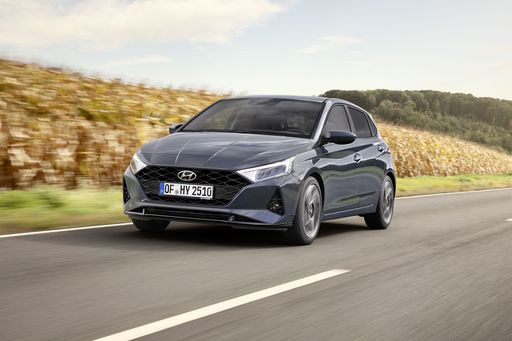 @ Hyundai Motor Company
@ Hyundai Motor Company
Hyundai i20
Kustannukset ja kulutus
Näytä yksityiskohtainen analyysi
Moottori ja suorituskyky
Näytä yksityiskohtainen analyysi
Mitat ja kori
Näytä yksityiskohtainen analyysi
Hyundai i20
Hyundai i20 on fiksusti muotoiltu pikkukaupunkilainen, joka tuntuu huomattavasti viitseliäämmältä ajokumppanilta kuin sen kokoluokka antaa odottaa. Se sopii mainiosti arkeen: käytännöllinen, mukava ja helppo valinta niille, jotka haluavat yksinkertaista luotettavuutta ilman turhaa kikkailua.
Tiedot @ Hyundai Motor Company
@ Hyundai Motor Company
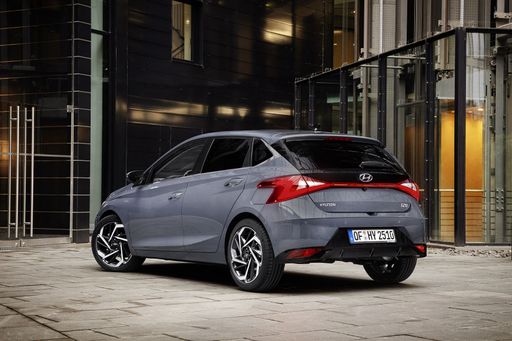 @ Hyundai Motor Company
@ Hyundai Motor Company
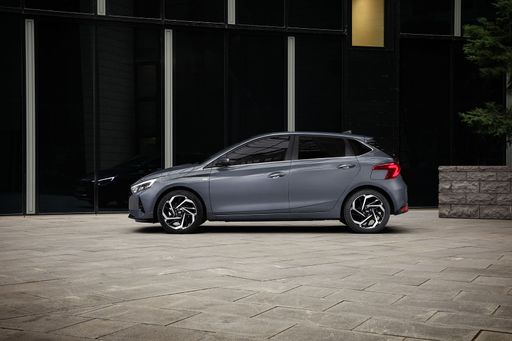 @ Hyundai Motor Company
@ Hyundai Motor Company
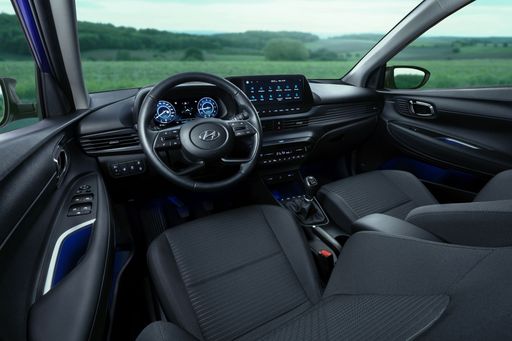 @ Hyundai Motor Company
@ Hyundai Motor Company
 @ Hyundai Motor Company
@ Hyundai Motor Company
Kia Picanto
Kia Picanto on pirteä kaupunkiauto, joka liukuu ruuhkassa ketterästi ja tekee pysäköinnistä vaivatonta. Sisältä se yllättää käytännöllisyydellään ja sopivalla varustelulla, joten se on fiksu valinta niille, jotka haluavat edullisen, helpon ja vähän hauskan arkipäiväauton.
Tiedot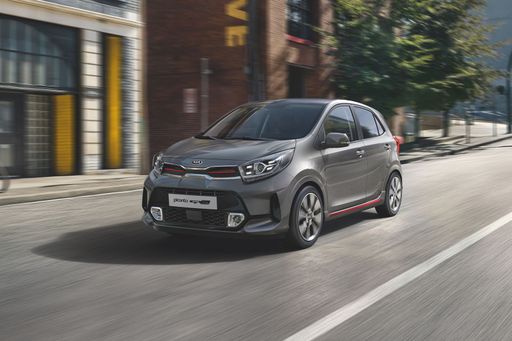 @ Kia Corporation
@ Kia Corporation
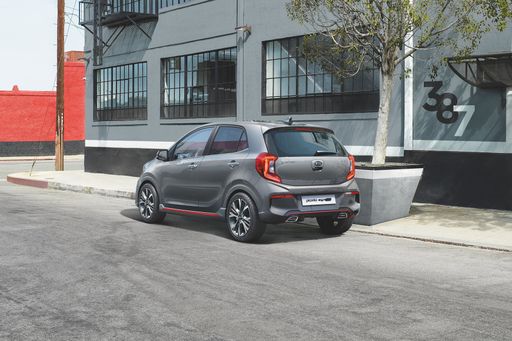 @ Kia Corporation
@ Kia Corporation
 @ Kia Corporation
@ Kia Corporation
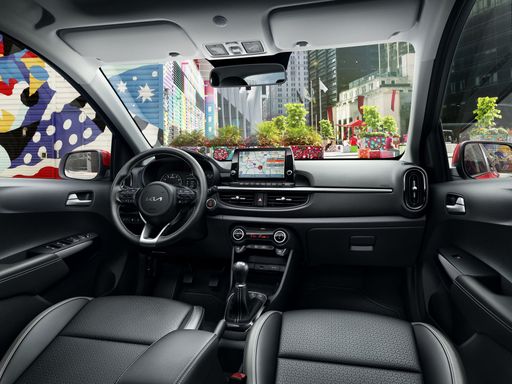 @ Kia Corporation
@ Kia Corporation
 @ Hyundai Motor Company
@ Hyundai Motor Company
|
 @ Kia Corporation
@ Kia Corporation
|
|
|
|
Kustannukset ja kulutus |
|
|---|---|
|
Hinta
20300 - 28000 €
|
Hinta
17900 - 22600 €
|
|
Kulutus L/100km
5.2 - 5.3 L
|
Kulutus L/100km
5.6 - 5.9 L
|
|
Kulutus kWh/100km
-
|
Kulutus kWh/100km
-
|
|
Sähköinen toimintasäde
-
|
Sähköinen toimintasäde
-
|
|
Akun kapasiteetti
-
|
Akun kapasiteetti
-
|
|
CO2
119 - 121 g/km
|
CO2
127 - 135 g/km
|
|
Polttoainesäiliön tilavuus
40 L
|
Polttoainesäiliön tilavuus
35 L
|
Mitat ja kori |
|
|---|---|
|
Kori
Hatchback
|
Kori
Hatchback
|
|
Istuimet
5
|
Istuimet
4 - 5
|
|
Ovet
5
|
Ovet
5
|
|
Omamassa
1088 - 1190 kg
|
Omamassa
1124 - 1131 kg
|
|
Tavaratila
352 L
|
Tavaratila
255 L
|
|
Pituus
4065 - 4075 mm
|
Pituus
3605 mm
|
|
Leveys
1775 mm
|
Leveys
1595 mm
|
|
Korkeus
1450 - 1455 mm
|
Korkeus
1485 mm
|
|
Maksimi tavaratila
1165 L
|
Maksimi tavaratila
1010 L
|
|
Kantavuus
450 - 472 kg
|
Kantavuus
253 - 332 kg
|
Moottori ja suorituskyky |
|
|---|---|
|
Moottorityyppi
Bensiini
|
Moottorityyppi
Bensiini
|
|
Vaihteisto
Automaatti, Manuel
|
Vaihteisto
Manuel, Automaatti
|
|
Vaihteiston tyyppi
Kaksoiskytkin automaatti, Manuaalivaihteisto
|
Vaihteiston tyyppi
Manuaalivaihteisto, Automaattinen manuaalivaihteisto
|
|
Vetotapa
Etuveto
|
Vetotapa
Etuveto
|
|
Teho hv
79 - 100 hv
|
Teho hv
68 hv
|
|
Kiihtyvyys 0-100 km/h
11.1 - 13.7 s
|
Kiihtyvyys 0-100 km/h
14.6 - 17.2 s
|
|
Huippunopeus
166 - 183 km/h
|
Huippunopeus
160 - 162 km/h
|
|
Vääntömomentti
113 - 200 Nm
|
Vääntömomentti
96 Nm
|
|
Sylinterien lukumäärä
3 - 4
|
Sylinterien lukumäärä
3
|
|
Teho kW
58 - 74 kW
|
Teho kW
50 kW
|
|
Iskutilavuus
998 - 1197 cm3
|
Iskutilavuus
998 cm3
|
Yleiset |
|
|---|---|
|
Mallivuosi
2024
|
Mallivuosi
2025
|
|
CO2-tehokkuusluokka
D
|
CO2-tehokkuusluokka
D
|
|
Merkki
Hyundai
|
Merkki
Kia
|
Mitä vetotapavaihtoehtoja Hyundai i20 tarjoaa?
Mallia tarjotaan Etuveto-versiona.
Näytetyt hinnat ja tiedot ovat arvioita, jotka perustuvat Saksan listahintoihin, ja voivat vaihdella maittain. Nämä tiedot eivät ole oikeudellisesti sitovia.
